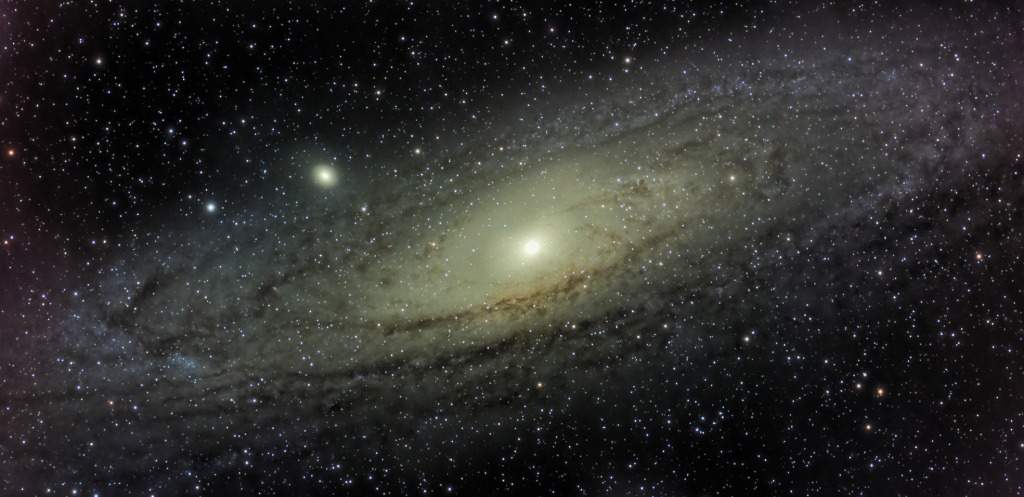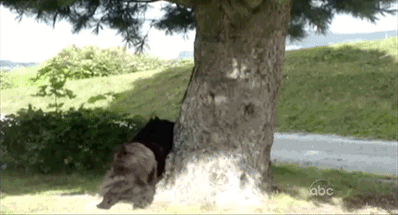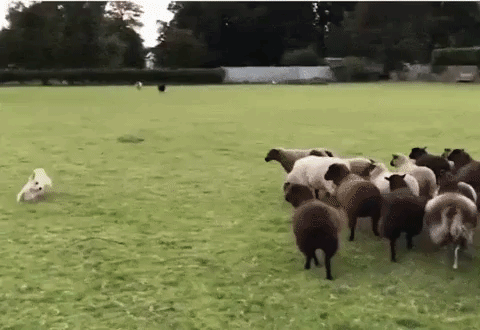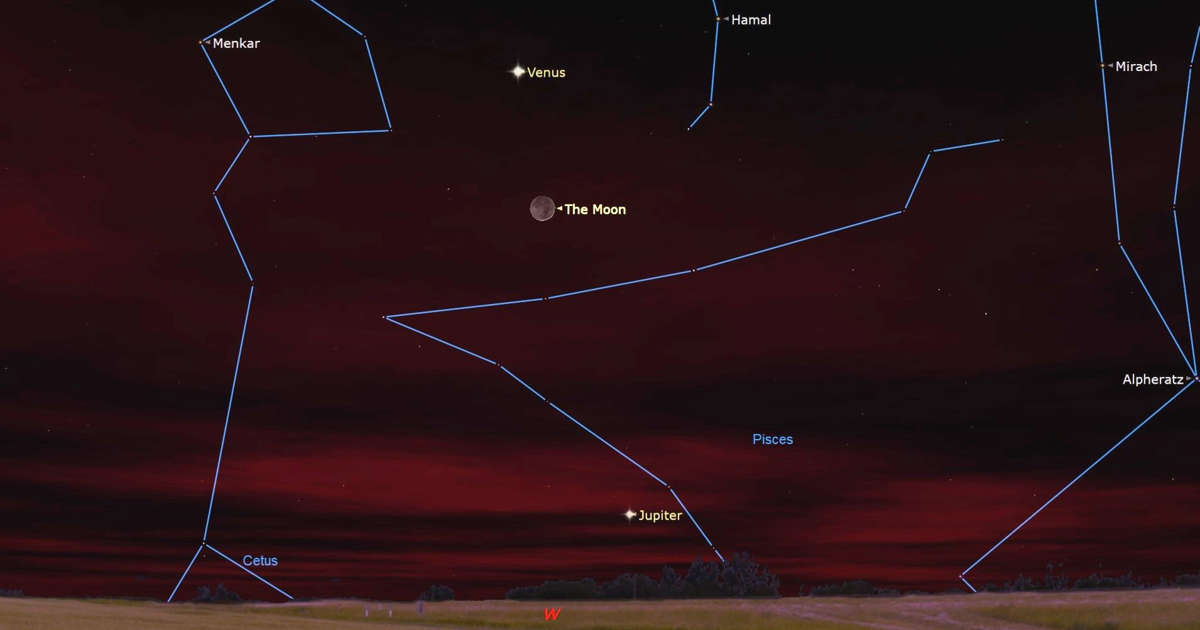
© Provided by Plano Moms
It’s Bluebonnet season. Time for photos with Bluebonnets near me. Here are some of the best Bluebonnet fields around Plano, DFW around North Texas.
Where are the Best Bluebonnet fields near me? Moms are asking!
Spring is here and that means the beautiful bluebonnets are starting to pop up all over town. We often hear from local Moms that they’re looking for where to see bluebonnets nearby.
We all want that perfect photo of our kids in a bluebonnet flower field but sometimes they can be hard to find.
The Bluebonnet Flower is the State Flower of Texas and is actually purple in color. The bluebonnet has been the state’s flower since 1901.
They were given their name because the shape of the petals resembles the bonnets worn by the pioneer women.

© Provided by Plano Moms
Where are the Bluebonnets?
How to dress for the best Bluebonnet Photos
Bold colors are beautiful choices for bluebonnet sessions – including shades of blue, as well as the more subdued vintage style of clothing, denim, simple sundresses, straw hats, etc.
Don’t wear white against a backdrop of bright blue flowers, as it can cast a blue shade onto your outfits. Also, do not overdress as if you’re heading to church. Casual and comfortable work really well.

© Provided by Plano Moms
Baby in the Bluebonnets in Plano TX
These are the best bluebonnet photo opportunities across North Texas close to DFW
They have a very short life so once you start to see them, dress up the family and snap your photos, time is limited.
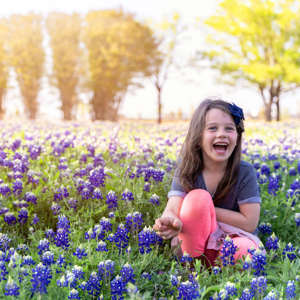
© Provided by Plano Moms
Bluebonnets near me
Our Top Tips to get the most out of your visit to find Bluebonnets
As with any bluebonnet area, please be careful as bees are usually very attracted to these flowers.
Also, snakes love to burrow in the flower patches so be VERY careful with your little ones! It’s best to pick a spot on the outside of the bluebonnets!
Many people say it is illegal to pick the bluebonnets.
It’s not but to let everyone enjoy them, leave them be and try not to stand on them to get that perfect photo.
These flowers are native to Texas and have a very light fragrance.
Teach your kids to leave the area as you found it, so others may enjoy it.
Here’s a Top Tip!
When my kids were younger I used to bring a stool or chair to sit on.
Have the kids wear their rain boots too so they wouldn’t be too muddy.
With boots on, we didn’t have to worry about them stepping on bees
Also, don’t forget a towel to dry their feet or even use to sit on!
Here are some of the best places to find Bluebonnets near by in Plano
Mediavine Video PlaceholderVideo only displays when ad script wrapper is loaded on page
Bluebonnets at the NE intersection of Spring Creek Parkway and Custer Road: (Behind the 7-11)
Right on the Bluebonnet Trail.
The field behind the 7-11 has had some great patches of bluebonnets for the last several years now.
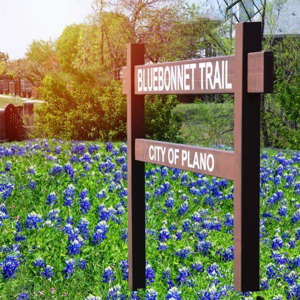
© Provided by Plano Moms
Bluebonnets near me
Know before you go
There are power lines in the background. It’s a safe place to park but the area might not be covered in bluebonnets, just some patches here and there.
Other Plano Spots for Bluebonnets:
- Along the Bike Trail just east of Carpenter Recreation Center
- The City of Plano has its own Bluebonnet Trail. If you are biking or walking the trail, keep your eyes peeled.
Where are the Bluebonnets east of Plano
Woodbridge: the front end of Wylie/Sachse subdivision has an area of the field right off of 78, perfect for pictures.

© Provided by Plano Moms
Bluebonnets
Bluebonnets in Frisco, Allen, and McKinney
Zion Cemetery in Frisco, near Little Elm
Just off 423, it’s a huge sloping hill with plenty of bluebonnets for a wide shot filled with flowers.
This greenbelt land now has a “no tresspassing sign” so please respect that, as it is private property. You can see the bluebonnets from inside the Zion Cemetery during opening times.
For this reason, this spot may not be the best one to go to for photos inside the fields themselves.
Warren Park’s Freedom Meadow
Address: 7599 Eldorado Pkwy. Frisco, Texas 75034
In 2017, this area was seeded with native bluebonnets plants with the help of the Frisco Garden Club.
The Frisco Fire Department keeps this area well-watered, which results in reliable bluebonnets every year. The native wildflowers are not only beautiful but serve as bee and butterfly habitats.
It is also a memorial paying tribute to the lives lost in the tragic events of September 11, 2001.
Allen – Bethany/Alma (in the median)
Know before you go
These can be great bluebonnets but they are in the median of a very busy road! Please be careful!
Heard Museum – McKinney
Address: 1 Nature Pl, McKinney, TX 75069
There is a charge to enter the Museum. Call them before you go to ensure they have Bluebonnets in bloom.
Clear Creek Natural Heritage Center in Denton
Address: 3310 Collins Rd, Denton, TX 76208
A great place not only for bluebonnets but other wildflower pictures and hiking to add to the fun.

© Provided by Plano Moms
Girl in Bluebonnets
Where to see Bluebonnets around Dallas, Richardson, and surrounding cities
McInnish Sports Complex at Sandy Lake Road in Carrollton
Wooden fences make for a great Texas background.
Fujitsu Field Richardson
Address: Corner of Shiloh and Research Road, Richardson, TX 75082
Lake Lavon Mallard Park
Address: 7780 TX-78, Lavon, TX 75166

© Provided by Plano Moms
bluebonnets near me
Bluebonnets in Dallas
McKinnish Park and Sports Complex and the Mary Heads Carter Park both typically have nice patches of bluebonnets. These are both in/near pretty populated areas so once they start sprouting, people will find them and they won’t be as pretty.
Driving to nearby Flower Mound or to Fort Worth (Fort Worth Nature Center and Refuge usually have nice blooms as does the Botanical Research Institute of Texas) will probably help you snag some better pictures.
Mary Heads Carter Park, Carrollton
Be quick to get to this one, as it’s in a very built-up area, and is well known so it could get spoiled with heavy foot traffic.
MMcInnish Park & Sports Complex, Carrollton
Head there to find thick bluebonnet fields among its 220 acres.
Trinity River Audubon Center in Dallas
Another great hiking location with trails to discover all sorts of animals, as well as picture ops.
George W. Bush Presidential Library and Museum
15 acres of land right off SMU Boulevard in the Downtown Dallas area. A huge bluebonnet field and beautiful wildflowers too.
The Grapevine Texan Trail
Take the Southbound Texas State Highway 121 and the Texan Trail exit.
Bluebonnets have been sighted in years past in the fields north of the frontage road, on the right before Main Street.
Relatively safe and easy to access. This is a popular bluebonnet photo location in the metroplex.
Cedar Hill State Park in Cedar Hill
Although there is a small fee for entering this state park, it is well worth it to capture some lovely shots of our state flower.
Entrance Fees: Per person (children 12 and under are not charged) – $7 per day, for day use, $5 per day for overnight stays. The park gate opens at 6 a.m. and closes at 10 p.m.
Fort Worth Nature Center in Fort Worth, TX
$5 for adults and $2 for children for admission to the center. Bluebonnets are not as prolific at the nature center as they are in some other areas, but a visit to the nature center can make the photo session more fun.
There are plenty of bluebonnets within the park, but for a unique picture check out the fields near Penn Family Farm. Windmills and old barns make great backgrounds.

© Provided by Plano Moms
Spring Creek by 7-11
Decatur, Texas
If you want a day trip from Dallas, driving out to Decatur will take you along some nice country roads and you might find a more unspoiled patch. Decatur is about 60 miles northwest of Fort Worth on I-35 W.
This would be a fun day trip – about a 45 minute drive from Plano, TX.
Every year the Ellis Bluebonnet Festival from April 14-16, 2023 and have been known to have the BEST place to take pictures!
This is a HUGE arts & crafts festival with loads of family entertainment, activities, music, food, and more. And it’s all FREE admission!
This is the official Texas Bluebonnet Trail and is so very pretty. This year, they’re celebrating 70 Years of the Ennis Bluebonnet Trails. Their estimated peak is 2nd-3rd week in April.
Ennis was designated by the 1997 State Legislature as the home of the Official Texas Bluebonnet Trail and was designated the Official Bluebonnet City of Texas.
From April 1-30, Ennis showcases over 40 miles of mapped driving Bluebonnet Trails sponsored by the Ennis Garden Club.
Visitors will be able to pick up a map at the Ennis Welcome Center, download a map or download the free Ennis Y’all app and follow the interactive bluebonnet map, or watch a video at the Ennis Welcome Center regarding the trails in April.

© Provided by Plano Moms
Bluebonnets
Top Tip: You may find some local lakes that have Bluebonnets too, including Lake Lewisville, Grapevine, Joe Pool, Ray Roberts and Lake Ray Hubbard as well as sites closer to Central Texas, including San Antonio and further south in Big Bend, Texas.
Looking for a Photographer for your Bluebonnet Photos?
These are our favorite local Photographers, who have all been highly recommended by local Moms.
Our Directory also has 55 Local Photographers, some of which will be hosting Bluebonnet Mini’s!
What other places can we add to our list?
Related Links
Why not explore more of Plano? Find out about more about the City.




